Population Day 2
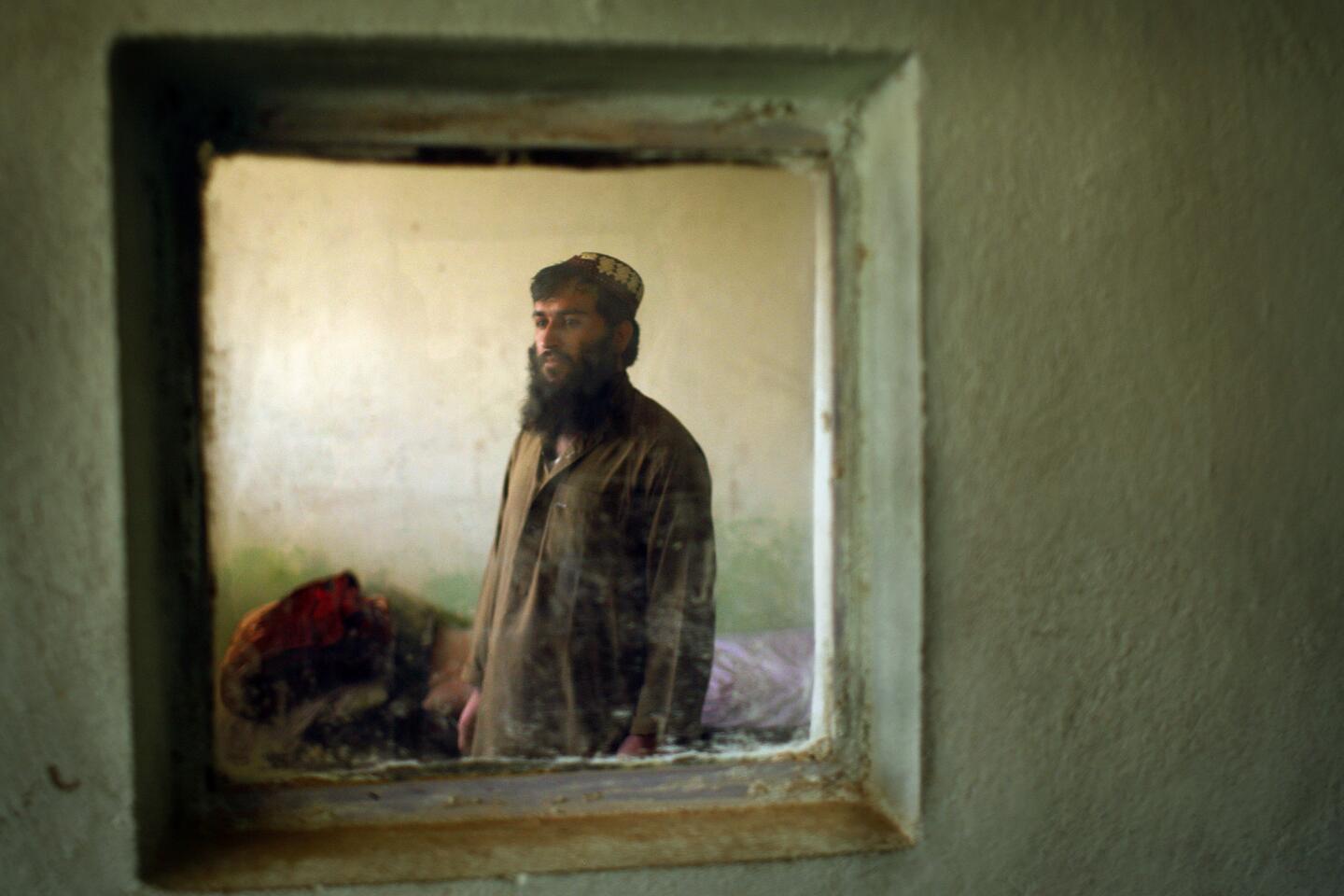
Abdul Wahid, one of 10 children of an Afghan electrician, had little education and few job prospects by the time he turned 18. Instead, he joined the Taliban, where he says he found not only a source of income but respect. “My life got better,” said Wahid, who wound up in Pul-e-Charkhi Prison outside Kabul after he was caught helping wire a car bomb. In many developing countries, runaway population growth has created vast ranks of restless young men, whose frustrated ambitions are sometimes the seeds of violence. (Rick Loomis / Los Angeles Times)
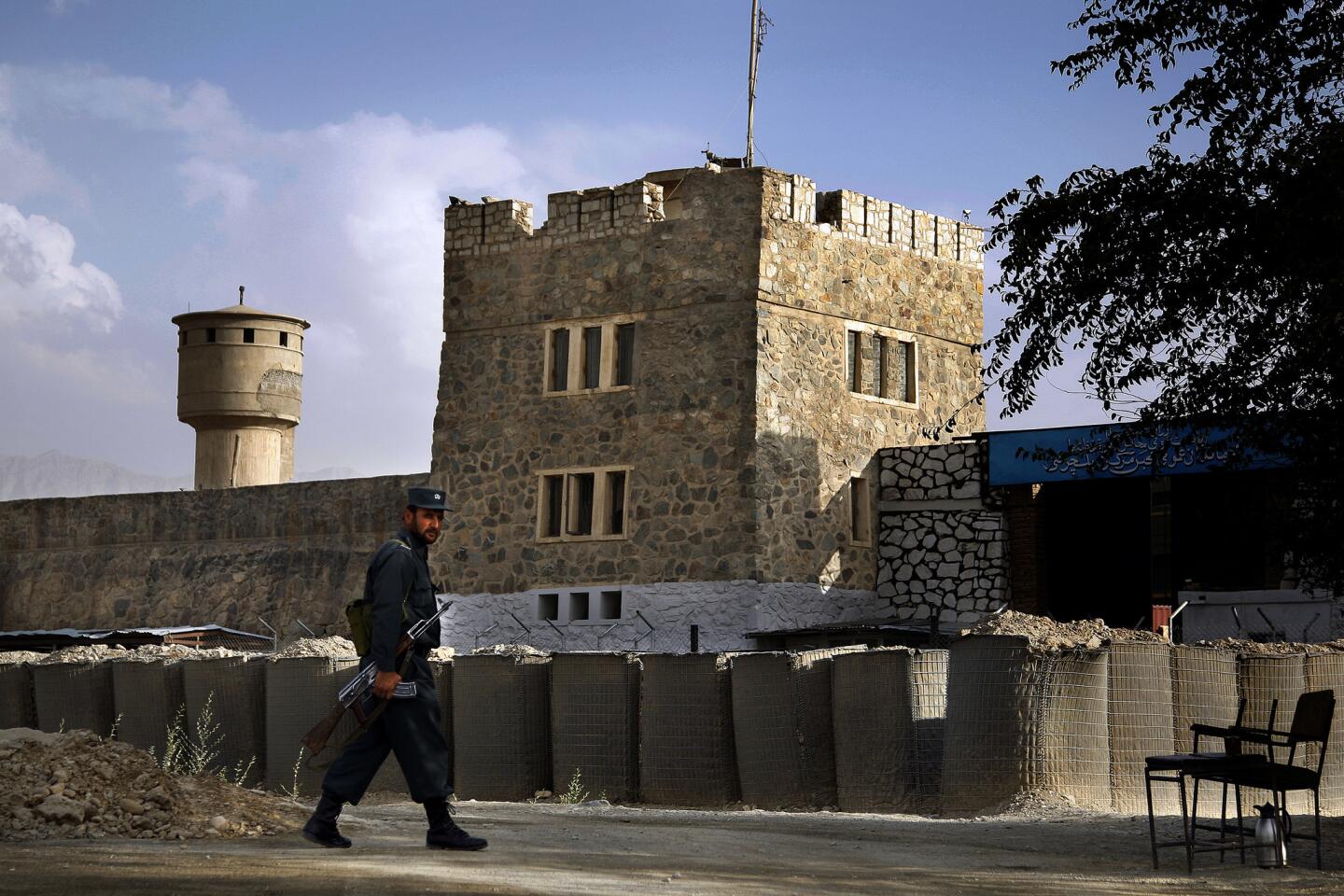
An Afghan prison guard keeps watch outside Pul-e-Charkhi Prison near Kabul. The site holds at least 1,200 prisoners, many of them former Taliban fighters. (Rick Loomis / Los Angeles Times)
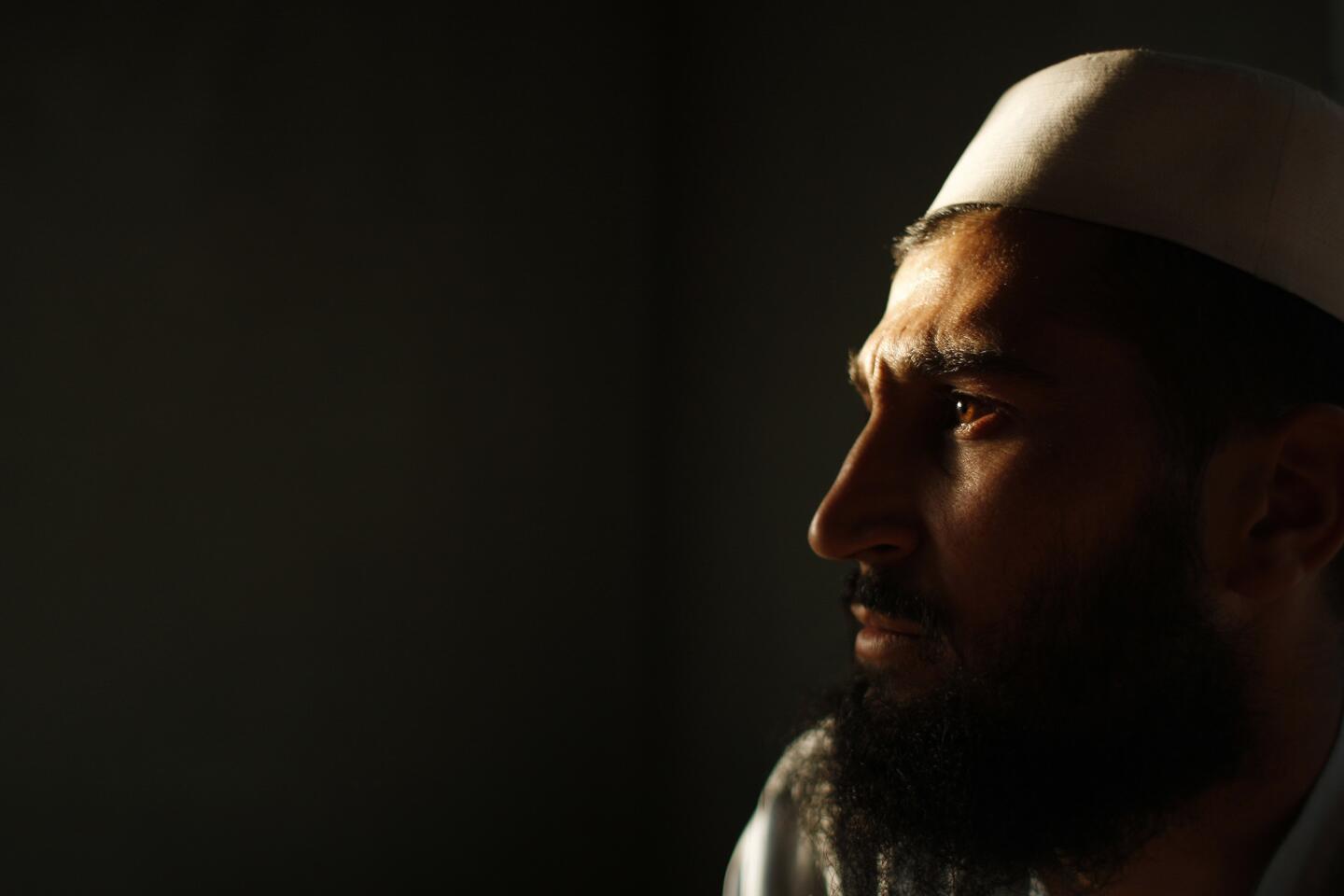
Ahmad Mokhtar had dreams of success after finishing high school, a first for his family. But at 22 and without a job, he decided instead that his destiny was with the insurgents. Now in jail for helping build a roadside bomb, he says that “if all Afghans had good jobs, if we had peace and stability, we would not go for the fight.” (Rick Loomis / Los Angeles Times)
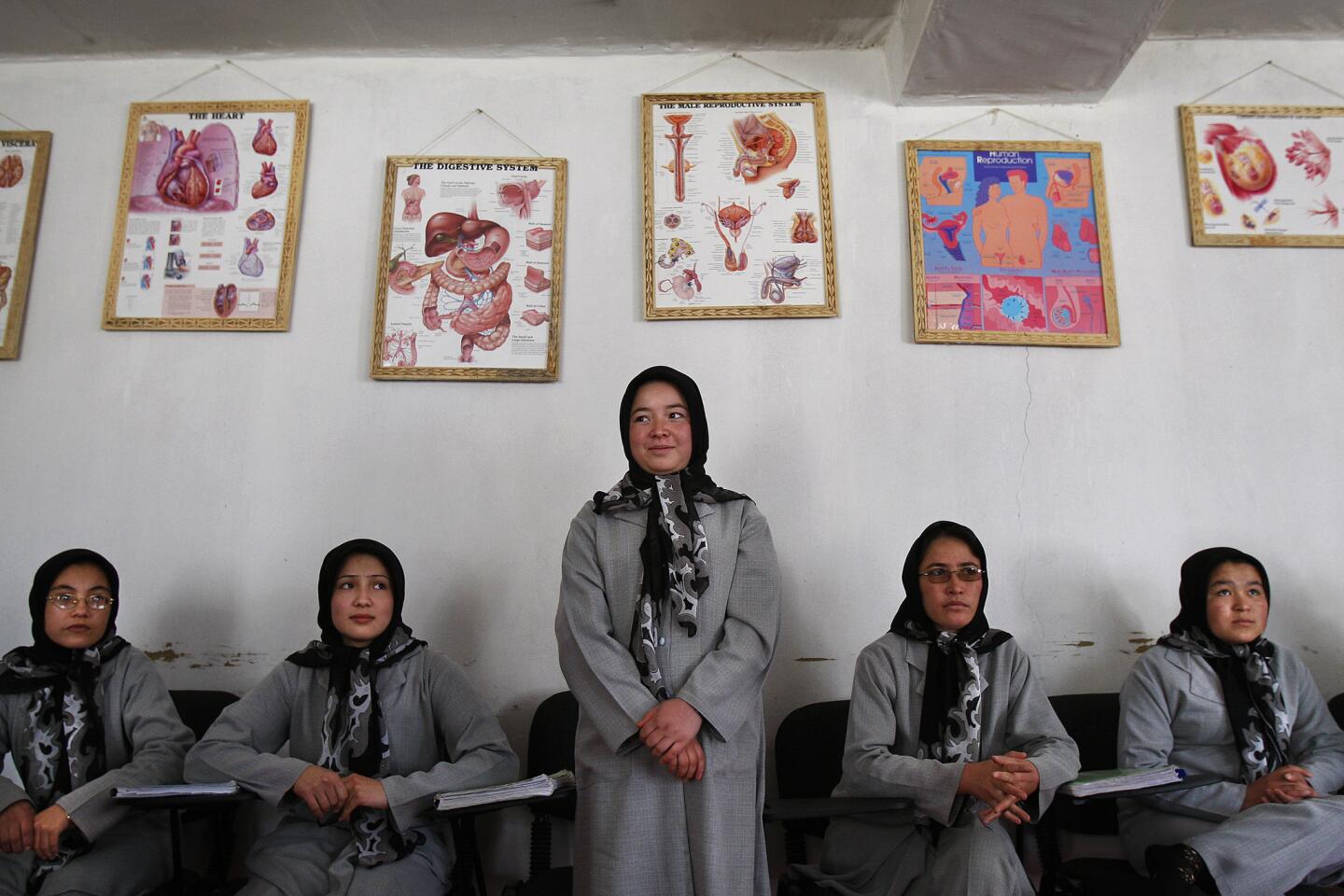
Shamina Ahmadi, center, overcame the objections of her father to study midwifery in Bamian, Afghanistan. Maternal and child mortality rates are extremely high in the nation, which has few skilled birth attendants. The United States and other donors have paid to train thousands of midwives to deliver babies and teach women about the health benefits of spacing births farther apart. Family planning programs have been successful in other Muslim countries, including Iran and Bangladesh. (Rick Loomis / Los Angeles Times)
Advertisement
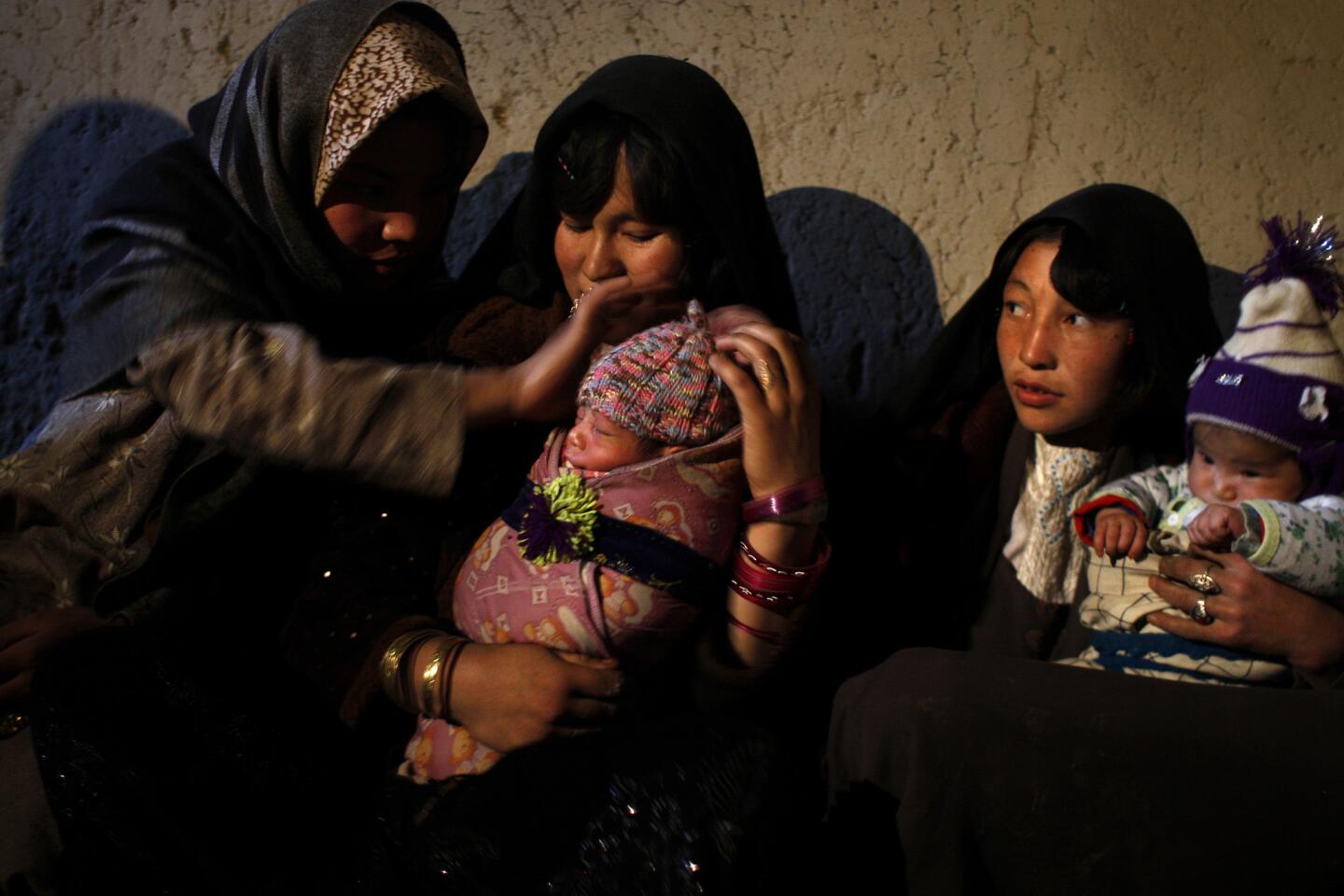
Midwife Fatima Rajaie checks on two new mothers in Bamian province. Raising the educational level of women has been associated with lower birthrates, as women often postpone marriage and childbirth while in school and gain more influence in family decisions. In Afghanistan, the Taliban and many tradition-bound men oppose sending girls to class. (Rick Loomis / Los Angeles Times)
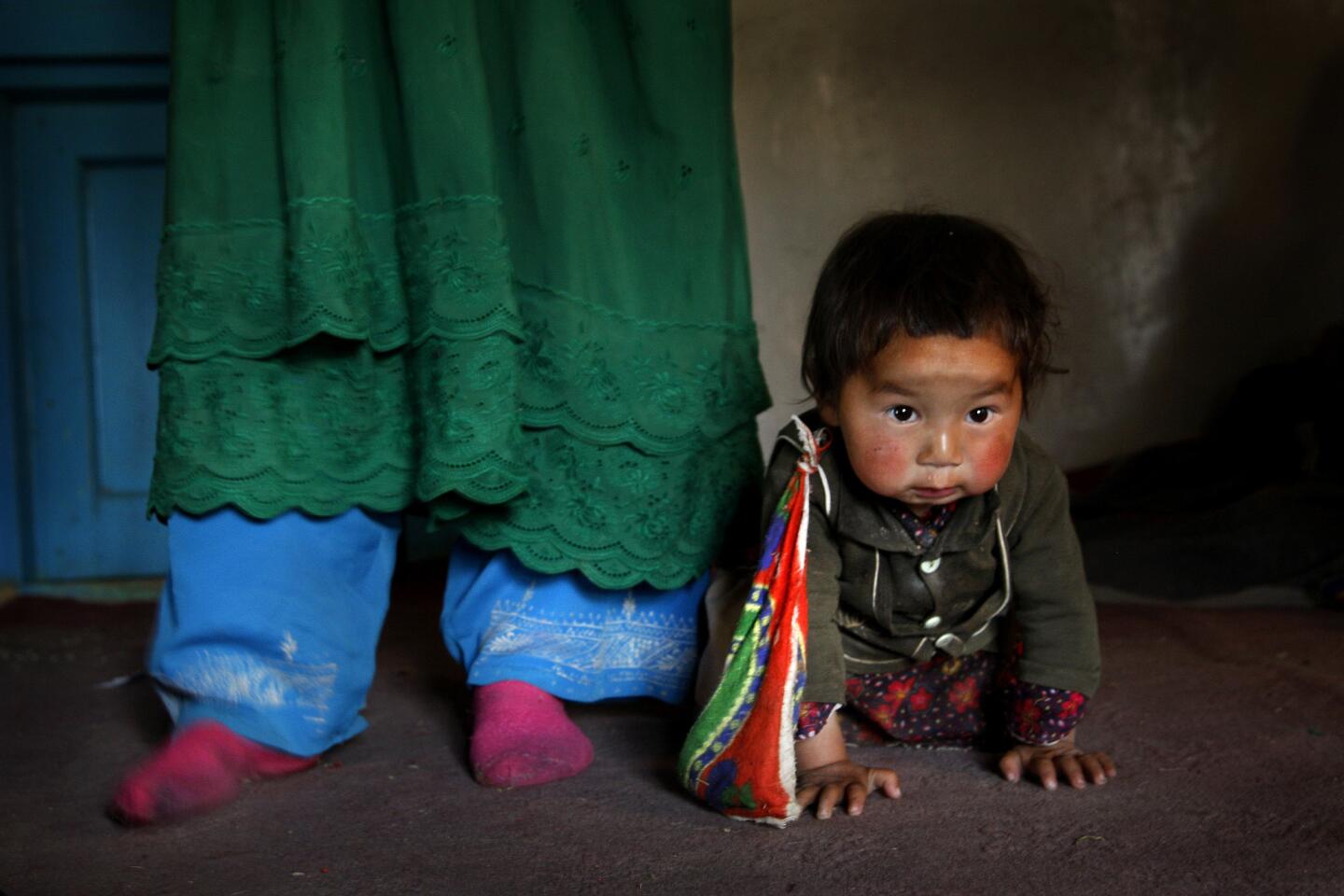
Two-year-old Amirdad of Bamian province watches as a midwife pays a visit to his mother, who had just delivered another child. (Rick Loomis / Los Angeles Times)
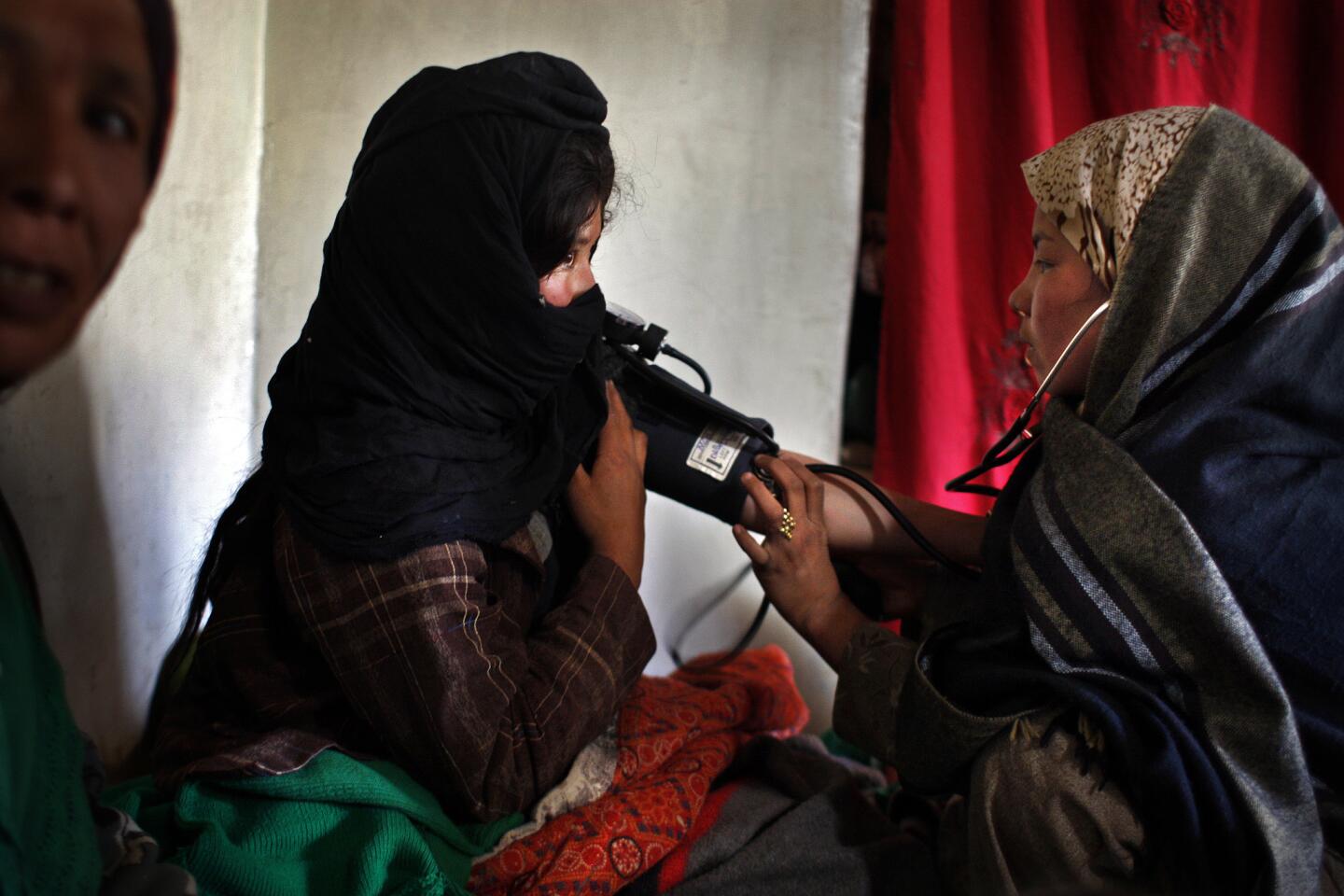
Midwife Fatima Rajaie checks the blood pressure of a new mother. A U.S.-funded family planning program in Afghanistan has met with resistance. Some midwives have been shot by militants. (Rick Loomis / Los Angeles Times)
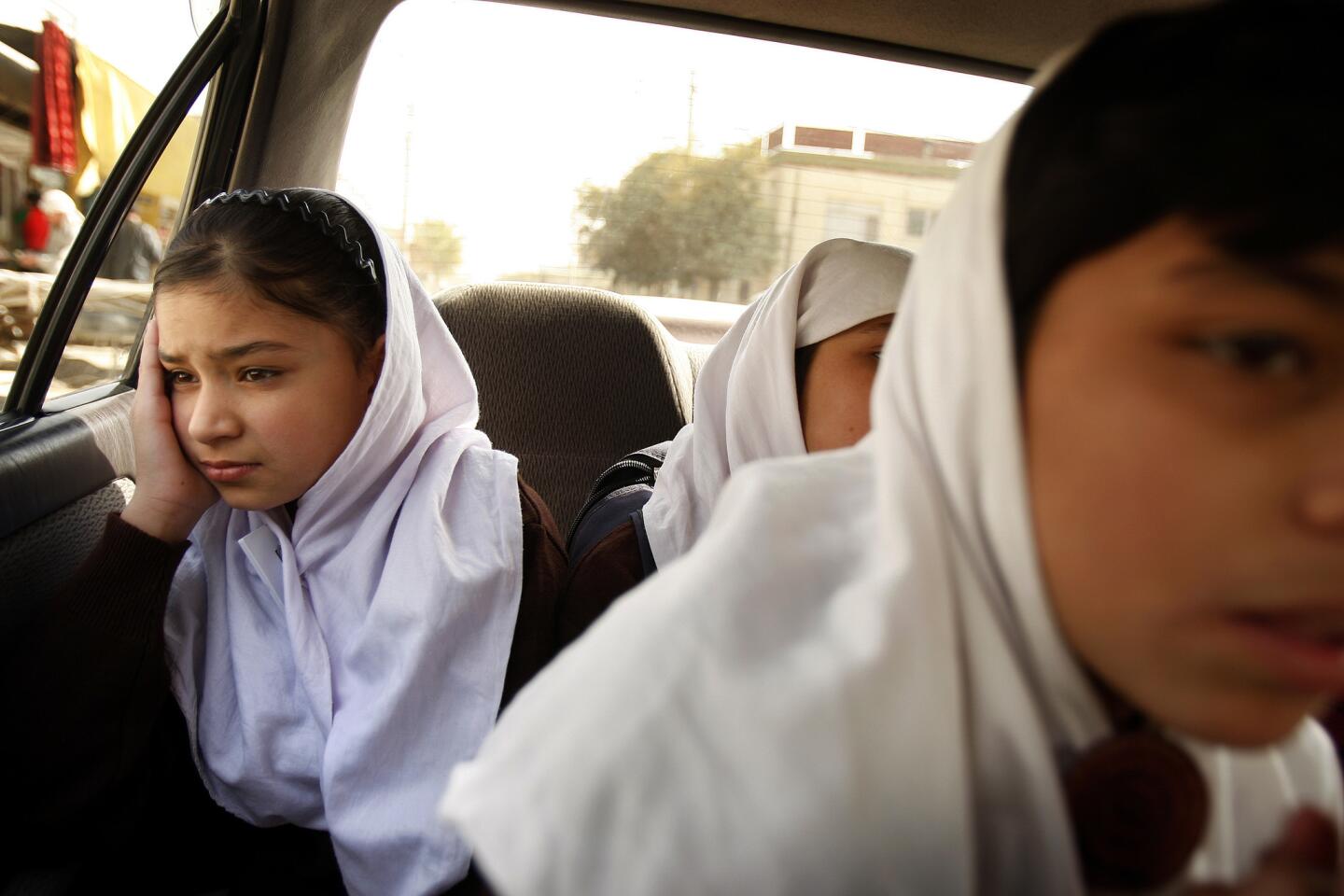
Obaida Rahmati makes the trip to school from the Kabul shelter where she lives. When she was 9, her heroin-addicted father sold her to a neighbor, who planned to marry her as soon as she turned 12, a fate she narrowly escaped after her older sister helped rescue her. Although access to education for girls has improved since U.S.-led forces toppled the Taliban regime in 2001, fewer than half of them attend school. Women and girls have little control over their fates in Afghanistan, a country deemed the most dangerous place to be a woman, according to a Thomson Reuters Foundation survey of health experts. The reasons: gender-targeted violence, brutal poverty and abysmal healthcare. (Rick Loomis / Los Angeles Times)
Advertisement
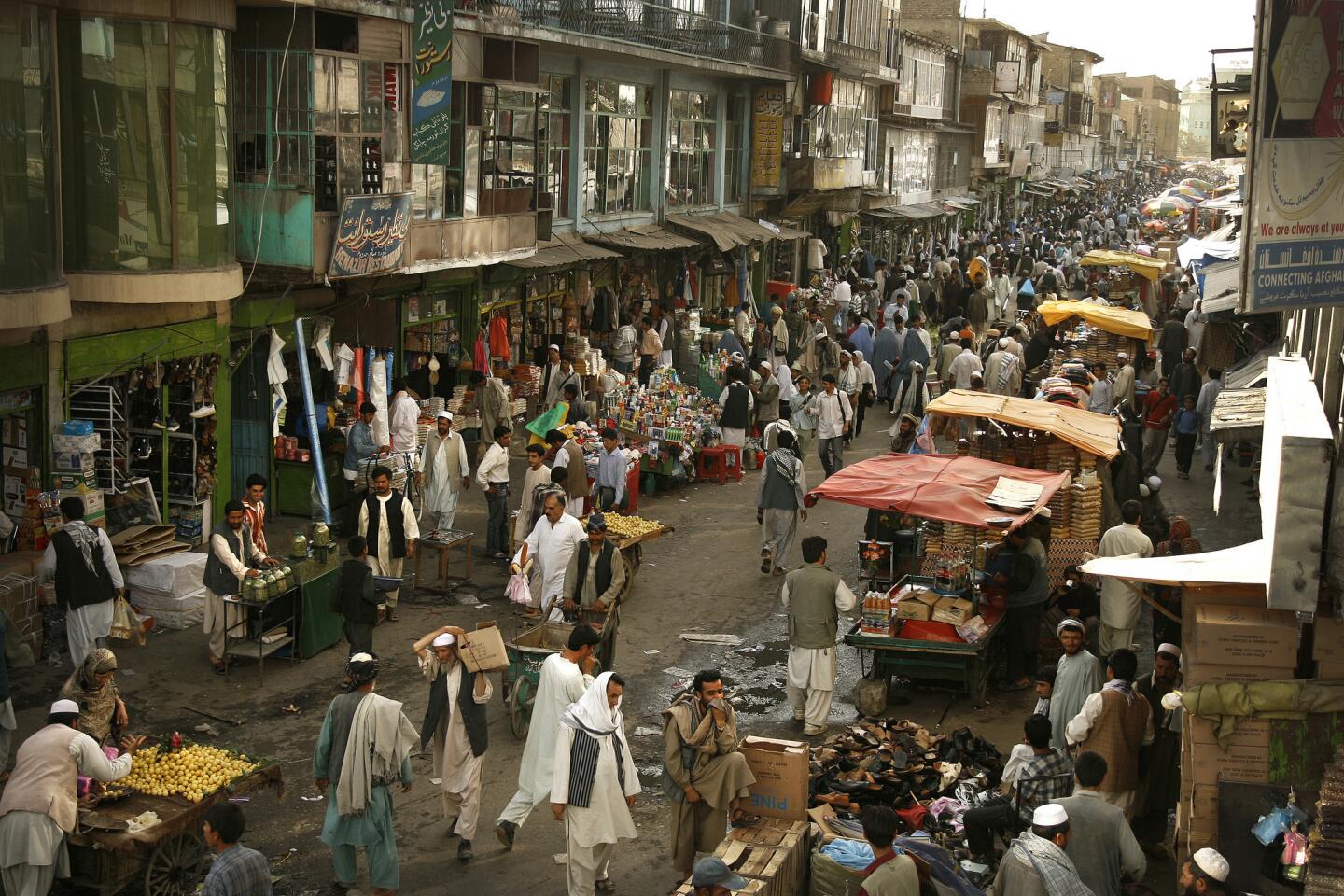
A market street in the center of Kabul. Afghanistan’s population has jumped from 23 million to 33 million during the decade-long war involving the United States. With one of the world’s highest fertility rates, it’s expected to double in population in about 25 years. (Rick Loomis / Los Angeles Times)
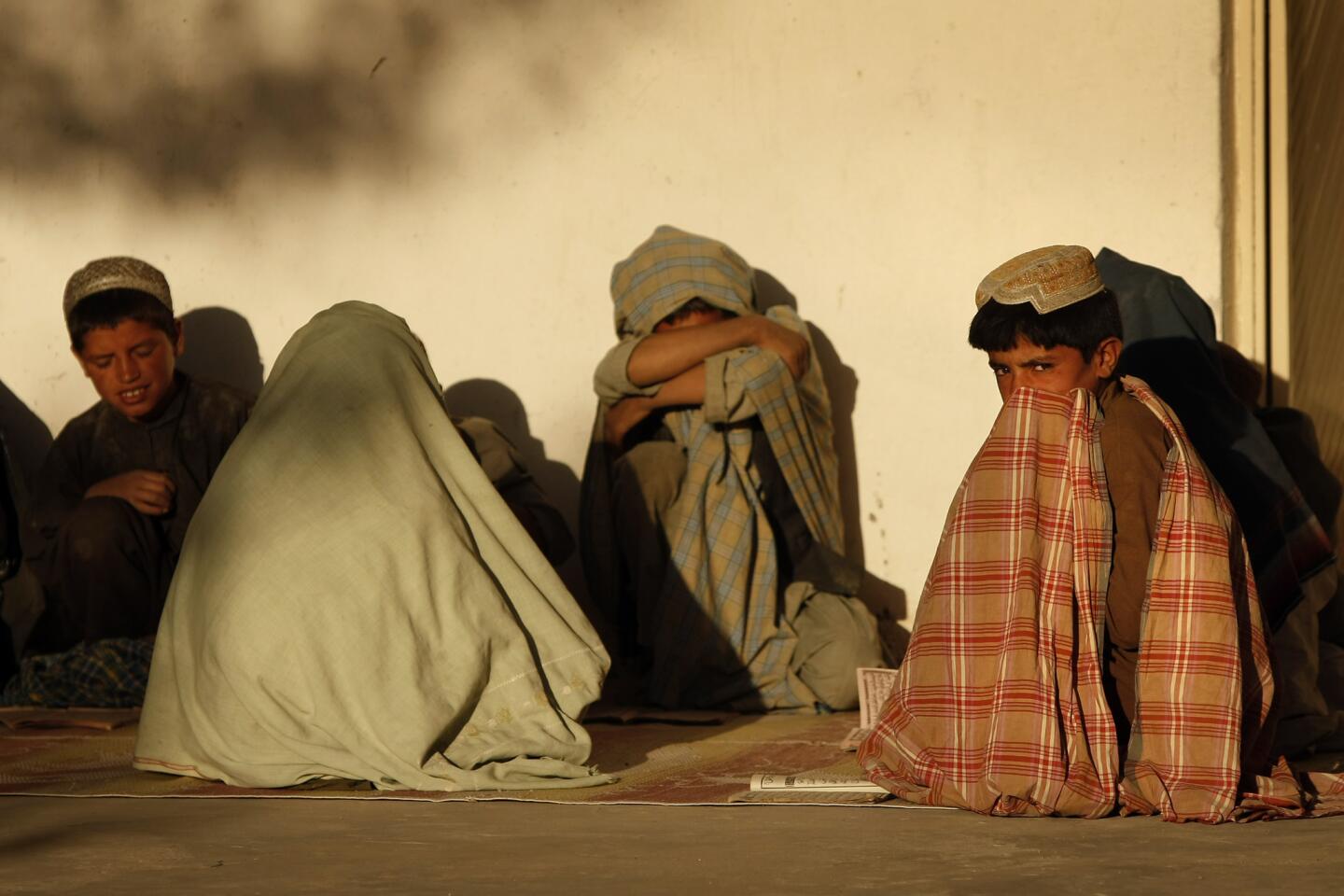
Young boys at a madrasa, or Islamic religious school, in Jilga, Afghanistan. A U.S. patrol was passing by. (Rick Loomis / Los Angeles Times)
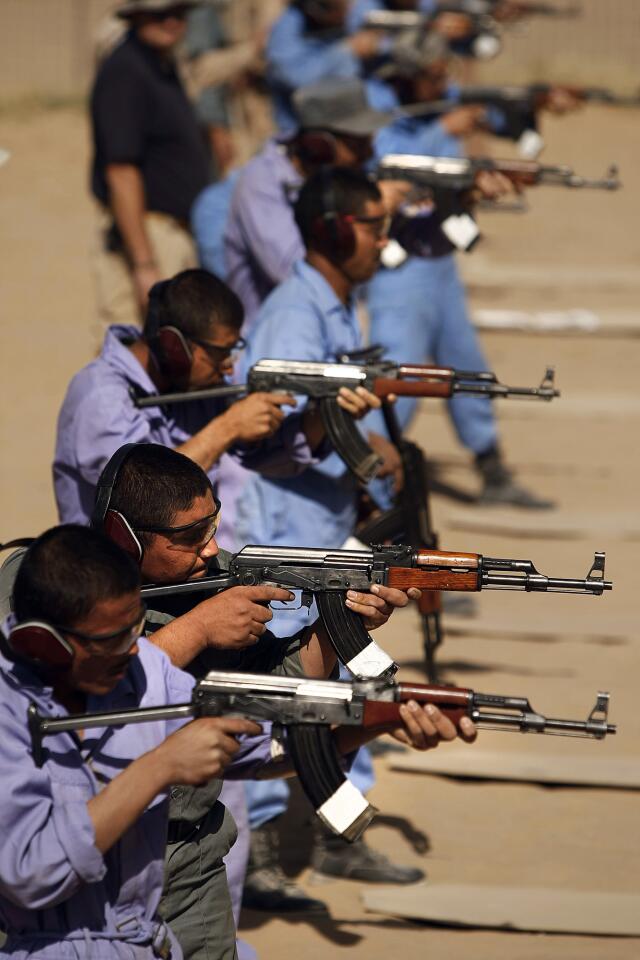
Police recruits train in Kandahar province. Afghan tradition requires that young men wishing to marry pay a dowry and stage a wedding celebration, which together can cost $5,000 - three times the average annual household income. A man can earn far more working for the Taliban than he can for the army or police. (Rick Loomis / Los Angeles Times)
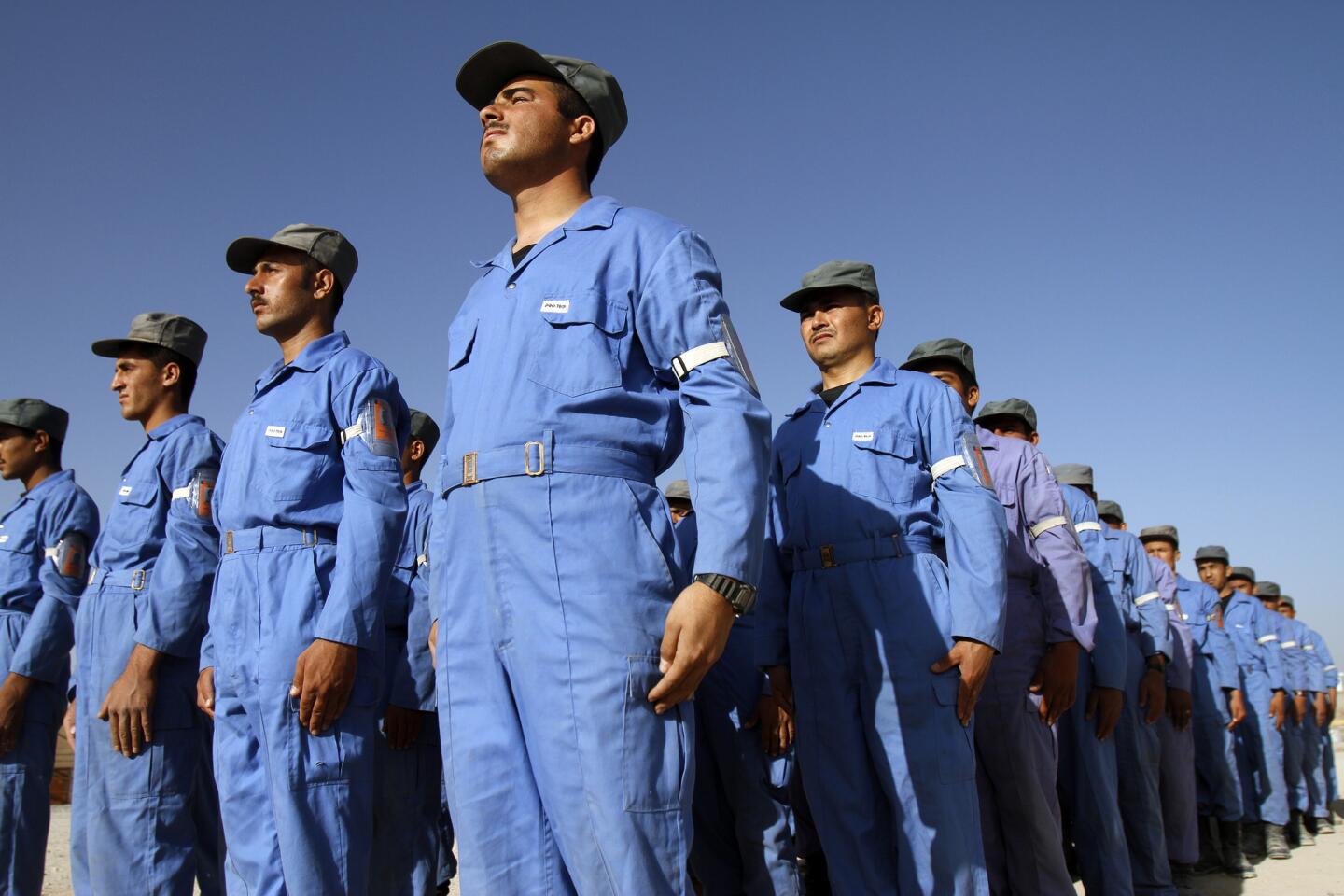
Police recruits in Kandahar province. In Afghanistan’s sluggish agrarian economy, few young people can find legitimate employment. (Rick Loomis / Los Angeles Times)
Advertisement
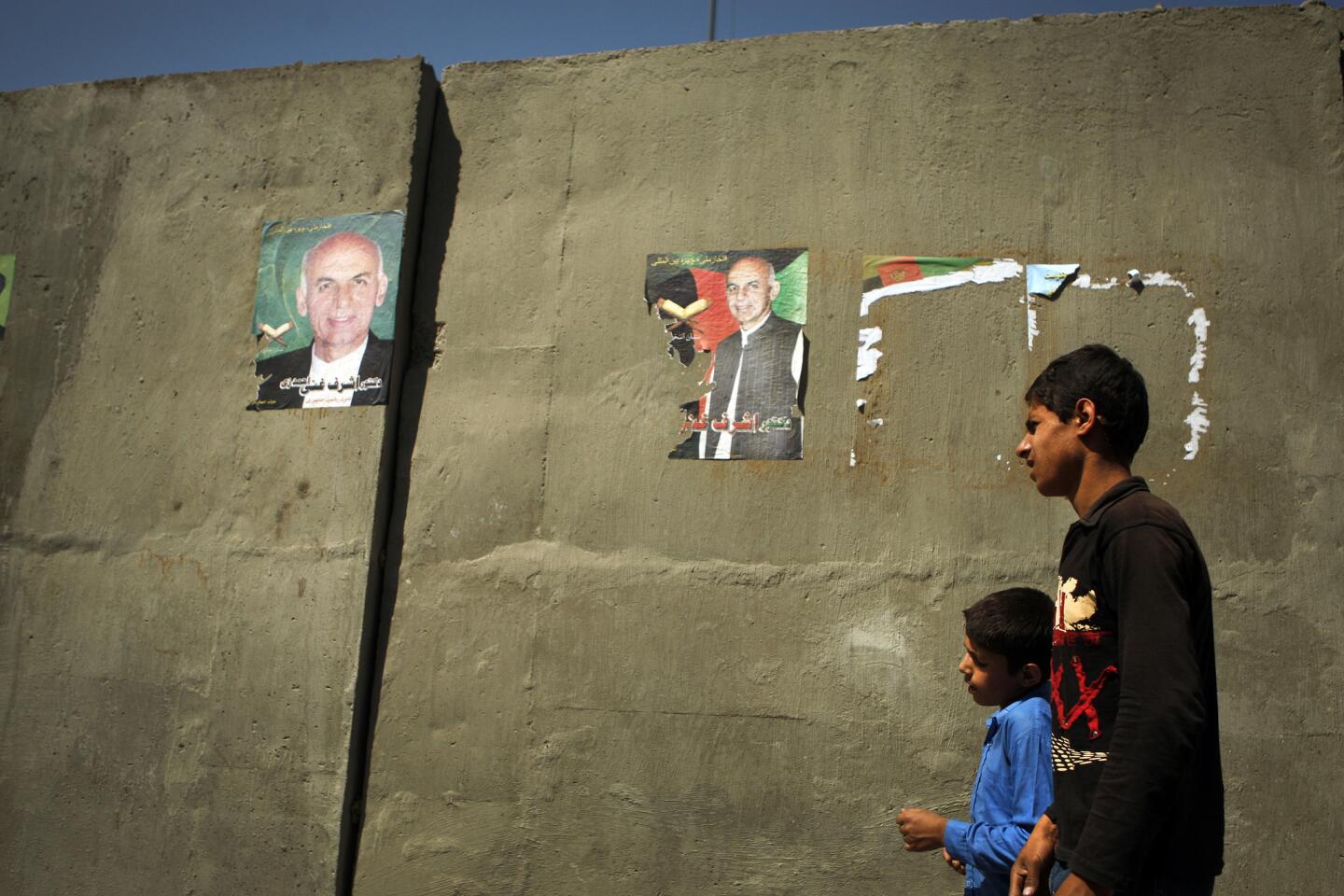
Blast walls such as this one in Kabul have become a common sight in Afghanistan as the war against the Taliban has raged. In a 2010 survey, more than 400 Afghan men were asked why they thought their compatriots joined the insurgents. The leading answer, cited by 57%, was “jobs or money.” (Rick Loomis / Los Angeles Times)
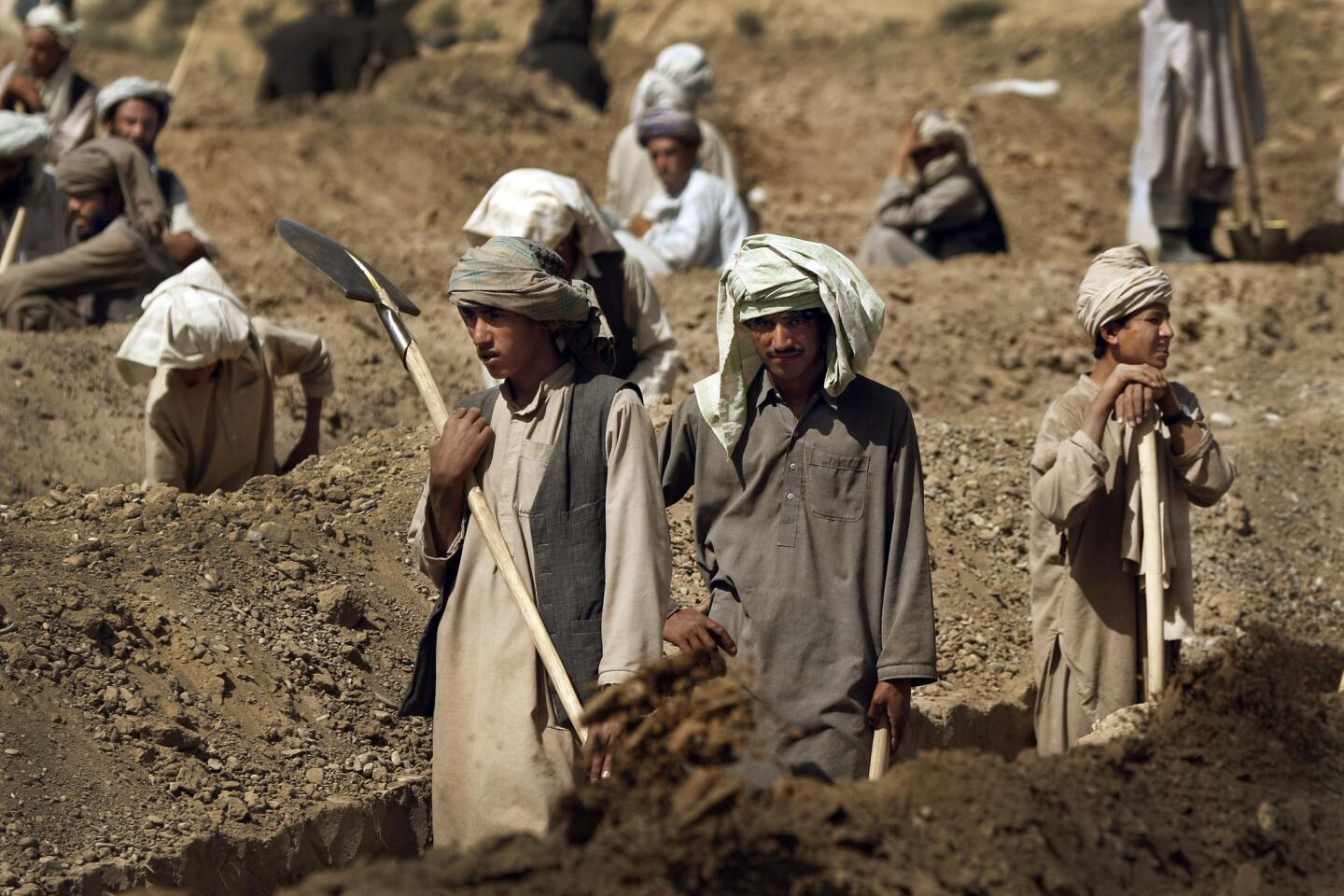
Afghan men prepare a plot of land where grapevines will be planted, part of a U.S.-funded jobs project in volatile Kandahar province. (Rick Loomis / Los Angeles Times)
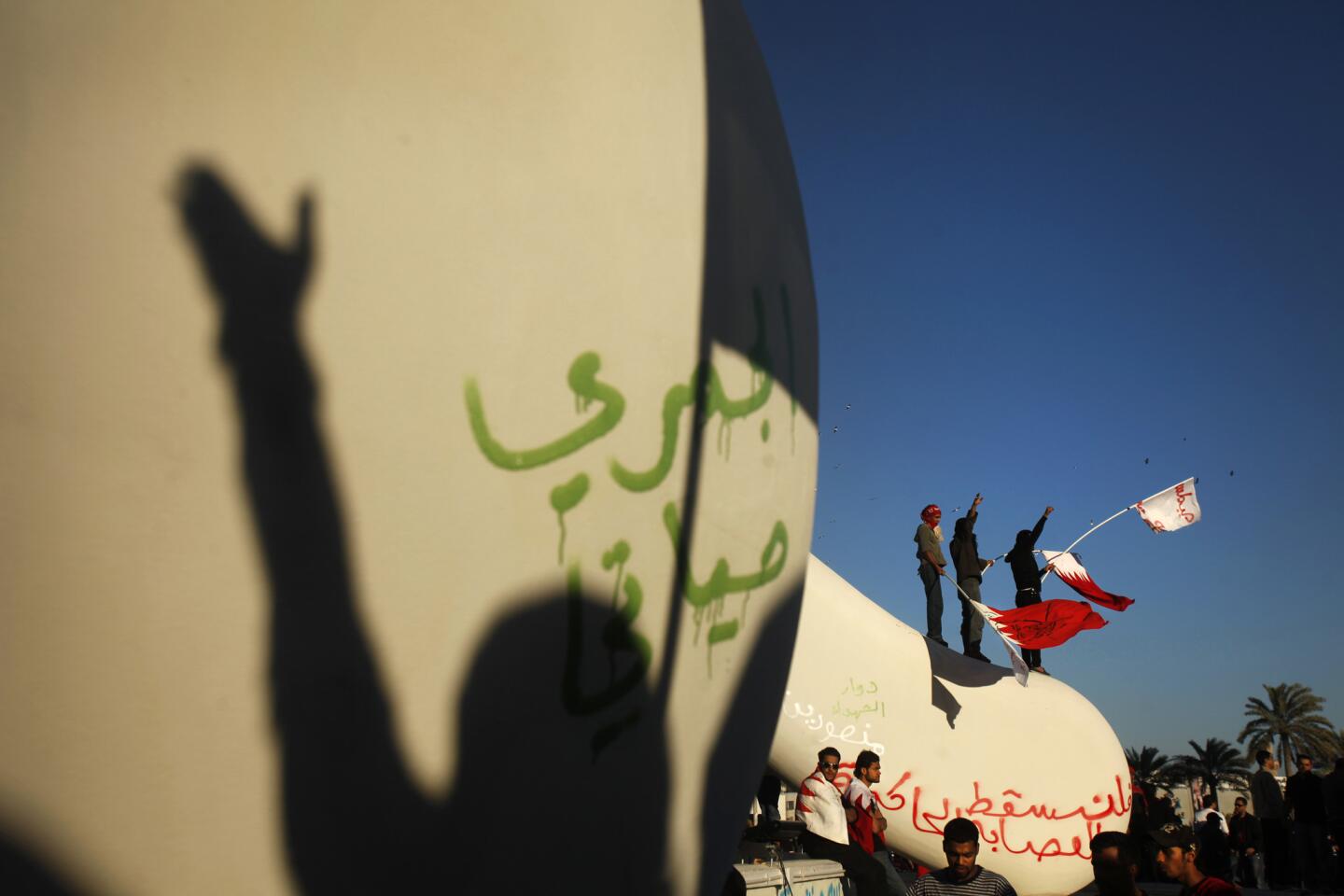
Protesters demonstrate in Manama, Bahrain, one of the places affected by the 2011 “Arab Spring” unrest. About 80% of the world’s civil conflicts since the 1970s have occurred in countries with young, fast-growing populations, known as youth bulges, according to an analysis by the nonprofit Population Action International. (Rick Loomis / Los Angeles Times)
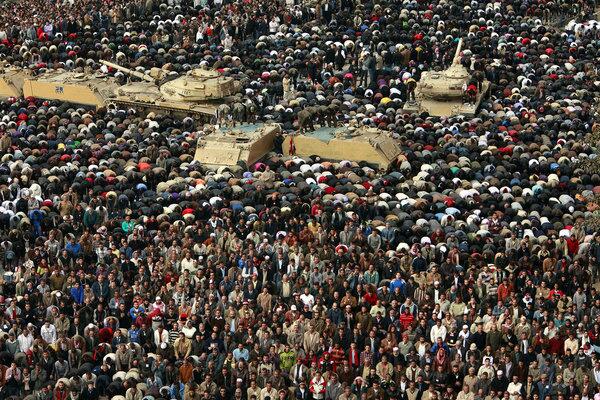
Members of the Egyptian army pray with protesters in Cairo’s Tahrir Square on Feb. 11, 2011, the day that President Hosni Mubarak bowed to popular pressure and agreed to step down. In 2011, youth-driven uprisings toppled autocratic regimes in Tunisia, Egypt and Libya. (Rick Loomis / Los Angeles Times)
Advertisement
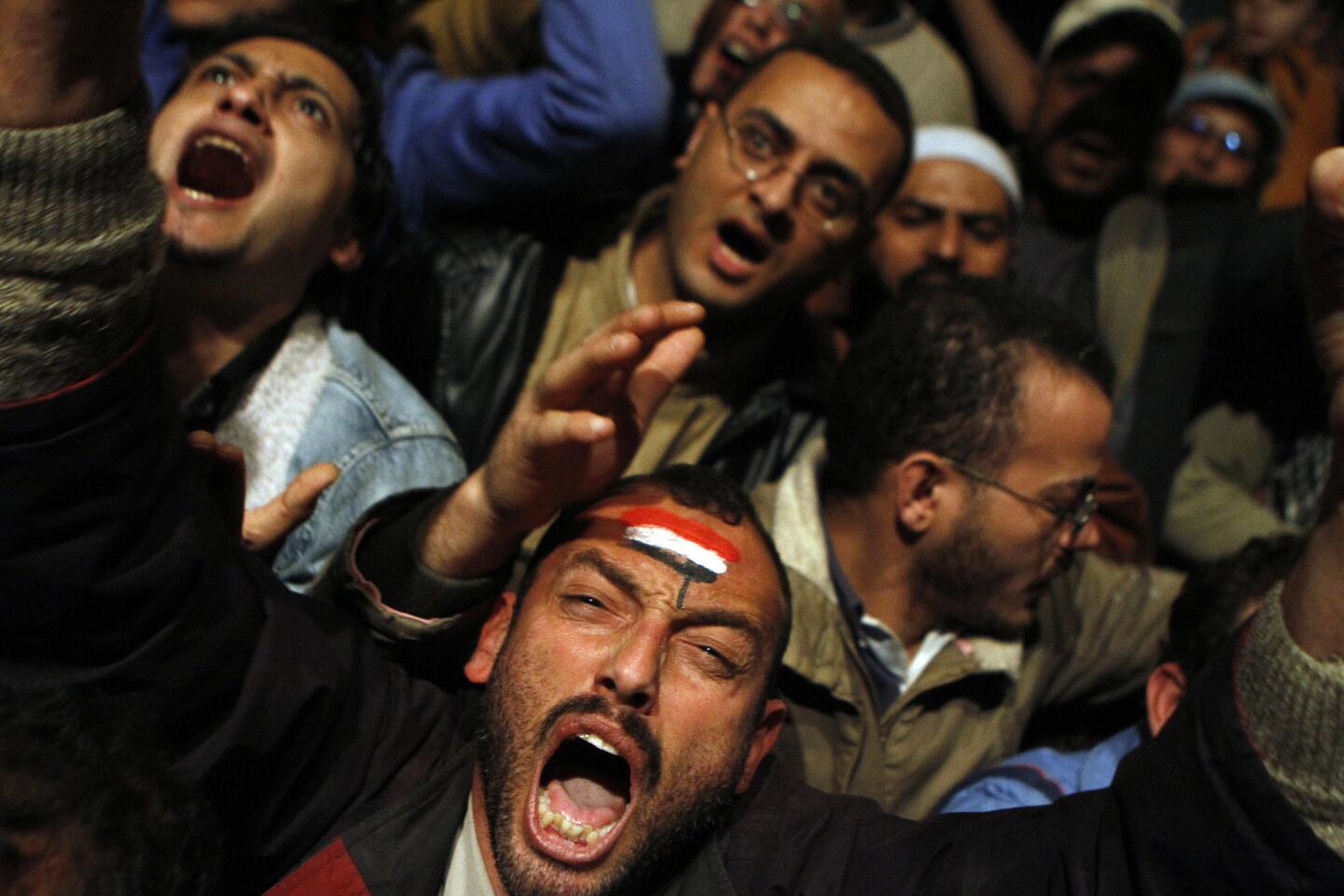
On Feb. 10, 2011, a day before Mubarak’s resignation, Egyptian protesters react to a speech by him in which he said he wouldn’t go. (Rick Loomis / Los Angeles Times)







